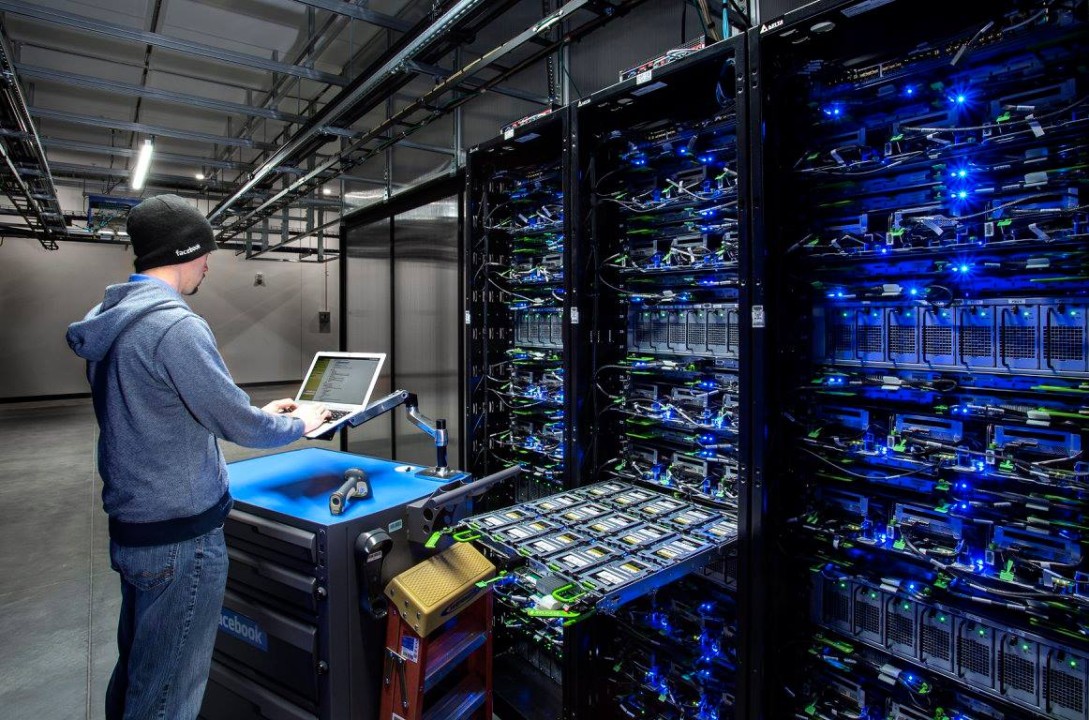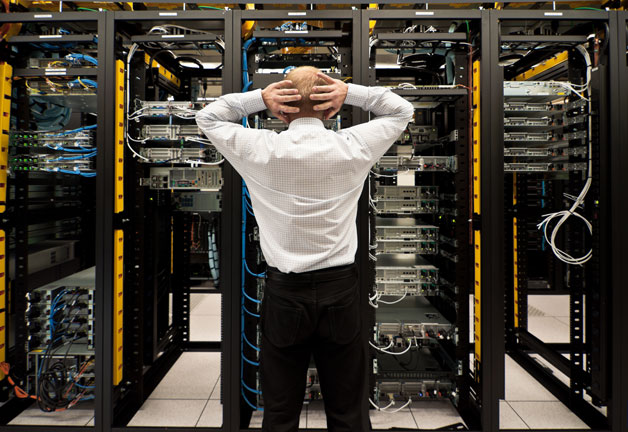Data Center Management: Best Practices for Optimized Performance and Security
In today’s digital age, data centers are the backbone of modern business operations. They house critical infrastructure such as servers, storage systems, and networking equipment that power applications, websites, and cloud services. Efficient data center management is essential for ensuring uninterrupted service, minimizing downtime, and maintaining operational efficiency. This article delves into best practices, challenges, and strategies for effective data center management, helping organizations optimize their data center operations.
What is Data Center Management?
Data center management involves overseeing the infrastructure, systems, and operations within a data center. It encompasses everything from hardware maintenance and network monitoring to ensuring energy efficiency and safeguarding against security threats. Proper management ensures that the data center functions efficiently, remains secure, and can scale to meet the demands of growing businesses.

Key Aspects of Data Center Management
Infrastructure Management
- Server Maintenance: Regular monitoring and maintenance of servers, routers, and switches are crucial to preventing hardware failures and performance degradation.
- Storage Management: Managing storage systems effectively ensures that data is readily accessible and protected from loss or corruption. Strategies like data redundancy and backup solutions should be implemented.
- Ensuring the connectivity and performance of the network is crucial for the smooth operation of data center activities. Network monitoring tools can detect bottlenecks, prevent outages, and optimize traffic flow.
- Load Balancing: Load balancing is essential for distributing workloads efficiently across servers to ensure optimal performance and prevent overloading.
Security Management
- Data center security involves both physical and cybersecurity measures. Physical security includes access controls, surveillance cameras, and monitoring systems, while cyber security focuses on protecting sensitive data from cyber threats through firewalls, encryption, and intrusion detection systems.
- Access Control: Limiting access to authorized personnel and ensuring that physical security measures are in place to prevent unauthorized entry.
Energy Efficiency and Sustainability
- Data centers consume significant amounts of energy. Energy efficiency is a key concern in data center management, especially with increasing pressure to reduce carbon footprints. Implementing efficient cooling systems, virtualization, and renewable energy sources can help reduce overall energy consumption.
- Green Data Centers: Many organizations are investing in green data centers, focusing on sustainable operations and reducing environmental impact.
Disaster Recovery and Business Continuity
- Effective disaster recovery (DR) planning is essential to minimize downtime during unexpected outages. This includes regular backups, replication, and failover mechanisms to ensure business continuity in case of a disaster.
- Redundancy: Ensuring that critical systems have backup resources and pathways is crucial for uninterrupted service.
Capacity Planning and Scalability
- Data centers must be designed with scalability in mind. As a business grows, so does its need for additional resources. Regular capacity planning helps anticipate growth and ensure that the infrastructure can handle future demands.
- Virtualization: The use of virtualization allows for more flexible resource allocation, helping optimize data center resources and scale more efficiently.
Best Practices for Data Center Management
- Regular Monitoring and Reporting – Use advanced monitoring tools to track the health of your servers, storage devices, and network infrastructure. Real-time analytics provide actionable insights into potential issues before they escalate.
- Automate Routine Tasks – Automating routine tasks like software updates, patch management, and server provisioning reduces the risk of human error and increases operational efficiency. Automation can also streamline resource allocation, making it easier to scale your infrastructure as needed.
- Maintain High Availability – High availability (HA) should be a priority to ensure that systems are always operational. Implement redundancy in power, network, and hardware resources, and ensure that failover systems are in place for business-critical applications.
- Optimize Cooling Systems – Proper cooling is essential to maintaining the longevity and performance of hardware. Implementing efficient cooling strategies can reduce energy consumption and lower operational costs. Techniques such as hot aisle/cold aisle containment and liquid cooling have proven effective in modern data centers.
- Invest in Staff Training – Data center management requires skilled personnel who can troubleshoot complex issues and ensure systems run smoothly. Ongoing training and certifications for your team are essential to keep up with the latest technologies and best practices.
- Regular Audits and Compliance Checks – Data centers must adhere to industry-specific regulations and compliance standards (such as GDPR, HIPAA, and PCI DSS). Regular audits help ensure that your data center meets these requirements and that security policies are up to date.

Some Challenges
- Rapid Technological Changes – The pace of technological advancement can be overwhelming. Data center managers need to stay up to date with the latest innovations, such as software-defined data centers, edge computing, and AI-driven automation.
- Managing Remote or Distributed Data Centers – As businesses move toward multi-cloud and hybrid IT environments, managing multiple remote or distributed data centers becomes increasingly complex. Ensuring consistent performance, security, and compliance across geographically dispersed locations is a challenge that requires robust management tools.
- Cost Management – Data center operations can be expensive, especially when it comes to power consumption, cooling, and staffing. Balancing cost efficiency with performance and reliability remains a significant challenge for organizations.
Future Trends in Data Center Management
- Edge Computing – The growing demand for low-latency applications is driving the adoption of edge computing. Data centers are becoming more decentralized, with computing resources placed closer to end users to reduce latency and enhance performance.
- AI and Machine Learning Integration – Artificial intelligence (AI) and machine learning (ML) are playing an increasing role in data center operations. AI can optimize resource allocation, predict hardware failures, and automate routine tasks, leading to greater efficiency.
- Software-defined Data Centers (SDDC) – Software-defined networking, storage, and computing are transforming traditional data centers into more flexible and scalable environments. SDDCs allow organizations to manage and control their infrastructure through software, increasing agility and reducing hardware dependency.
- 5G and Data Center Convergence – The rollout of 5G networks will drive the need for more powerful, distributed data centers that can handle massive amounts of data at ultra-low latency. Data centers will become more integrated with telecom networks to support the increasing demand for real-time applications.
Conclusion
Effective data center management is crucial for businesses that rely on digital infrastructure to drive their operations. By adopting best practices in infrastructure management, security, energy efficiency, and scalability, organizations can ensure the reliability, performance, and growth of their data center environments. Staying ahead of industry trends, leveraging automation, and investing in staff training will help businesses navigate the complex landscape of modern data center management.